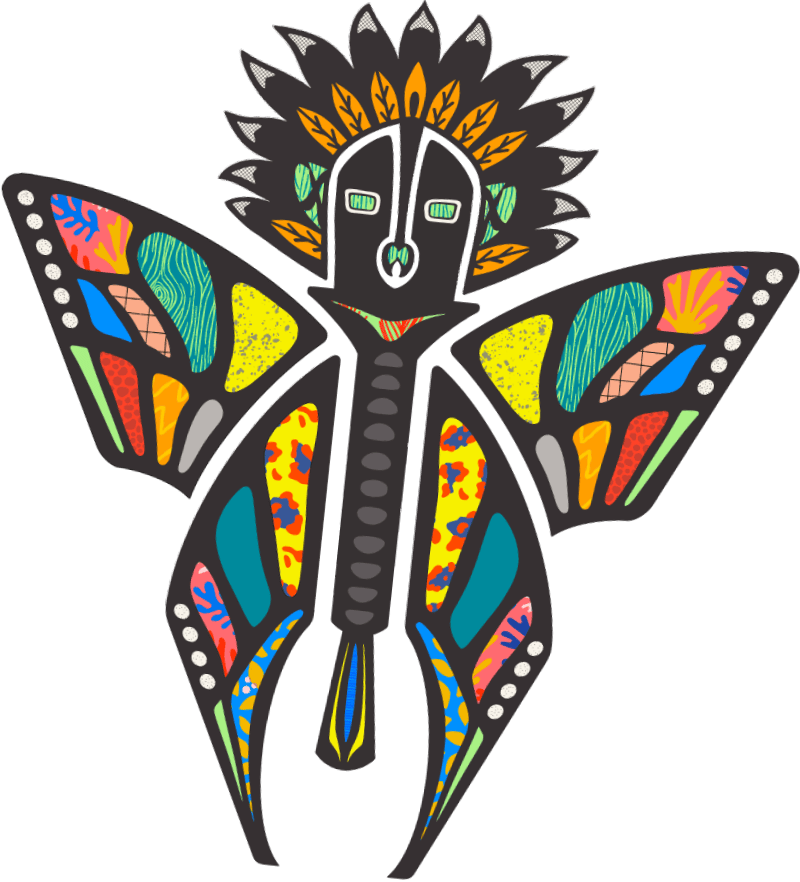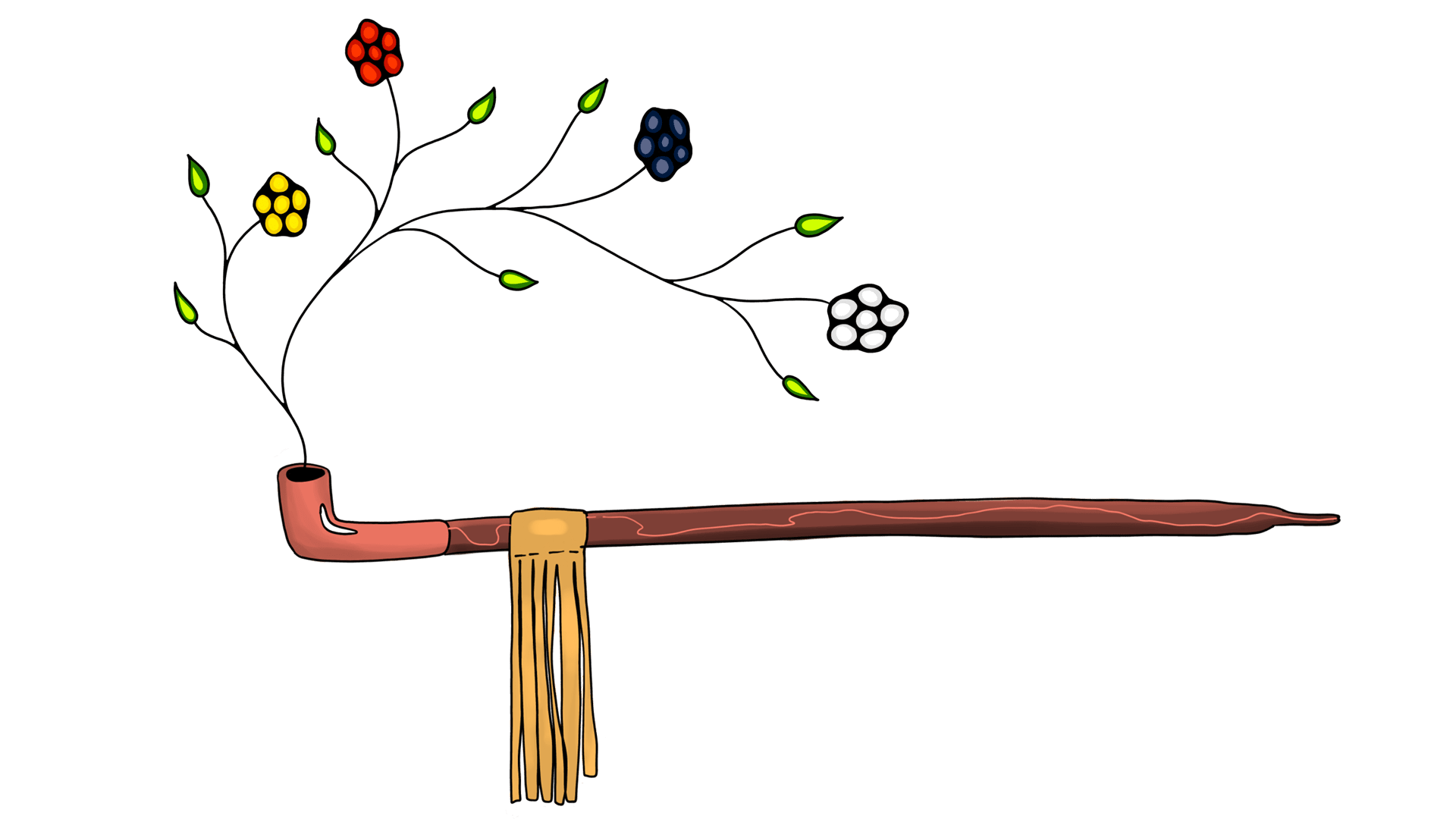SPIRIT
Our Ethos
Ganawishkadawe – The Centre for Wise Practices in Indigenous Health (GCWP-IH)
Located in Women’s College Hospital, the Centre for Wise Practices is a place for education, advocacy, traditional healing, clinical care and Indigenous scholarship. We are committed to the health and wellbeing of all First Nations, Inuit and Métis individuals, families and communities across the territories. The experiences and wisdom of community members, Elders and Knowledge Keepers is the foundation for our advocacy, research and education. Our goal is to support and facilitate transformative change so that Indigenous Peoples experience high quality care that is culturally safe, trauma-informed, free of racism or discrimination, and where Indigenous worldviews are recognized and valued.
Welcome.

The Health Care Recommendations that Inform our Centre and the Overall Executive Strategy of Women’s College Hospital come from:
This resource takes meaningful steps towards Truth & ReconciliACTION in health care; outlined, implemented and reviewed by and for Indigenous patients, practitioners and learners. By centering Indigenous health education within initiatives, it prioritizes system change, knowledge translation, health equity research, public health policy and advocacy.
THE 4RS ORIGINS & OUR ADAPTATIONS
Respect, Responsibility, Relevance and Reciprocity
This pedagogy of Indigenous Traditional Knowledge has deep roots stemming far before times of colonization. We have been taught by our Elders at our Centre to integrate these values into our governance models, strategic approaches, point of care, research, education and all levels of collaboration and community work.
The following is an excerpt from Pulling Together: A Guide for Front-Line Staff, Student Services and Advisors by Ian Cull, Robert L. A. Hancock, Stephanie McKeown, Michelle Pidgeon, and Adrienne Vedan.
Guiding Principles
This strength-based 4Rs Indigenous framework provides guiding principles to ensure post-secondary institutions become accessible, inclusive, safe and successful places for Indigenous students.
SECTION RESOURCES
We take an innovative approach to mobilize and implement recommendations specific to health care and education from national report and guides:
SEEDS OF CHANGE ART GALLERY
This series of artworks was created by Indigenous women and 2S +, with a thematic focus on healing. It was selected and curated by Sara Roque and Elwood Jimmy and incorporated into the hospital space. Through the installation of these works, Women’s College Hospital creates a welcoming environment for Indigenous patients, their families, staff and students. The power of art as medicine and the importance of Indigenous expression is emphasized through this variety of artistic works.
Article 31 (2007) United Nations Declaration on the Rights of Indigenous Peoples 1.
“Indigenous Peoples have the right to maintain, control, protect and develop their cultural heritage, traditional knowledge and traditional cultural expressions, as well as the manifestations of their sciences, technologies and cultures, including human and genetic resources, seeds, medicines, knowledge of the properties of fauna and flora, oral traditions, literatures, designs, sports and traditional games and visual and performing arts. They also have the right to maintain, control, protect and develop their intellectual property over such cultural heritage, traditional knowledge and traditional cultural expressions.”





